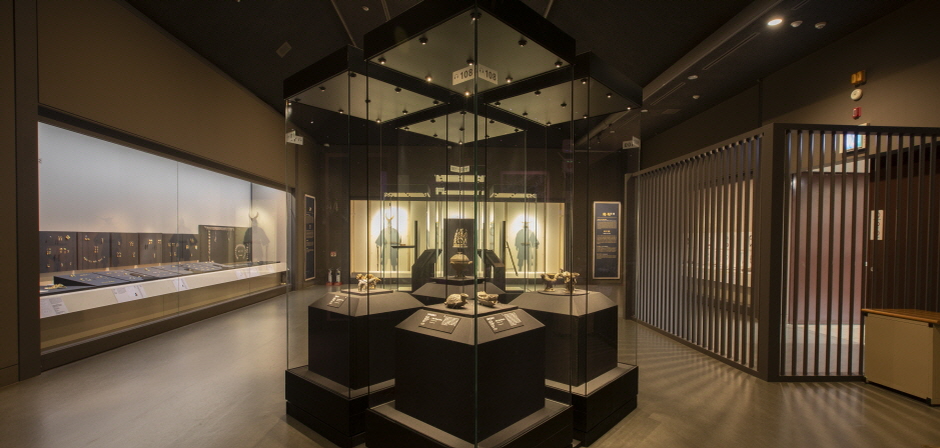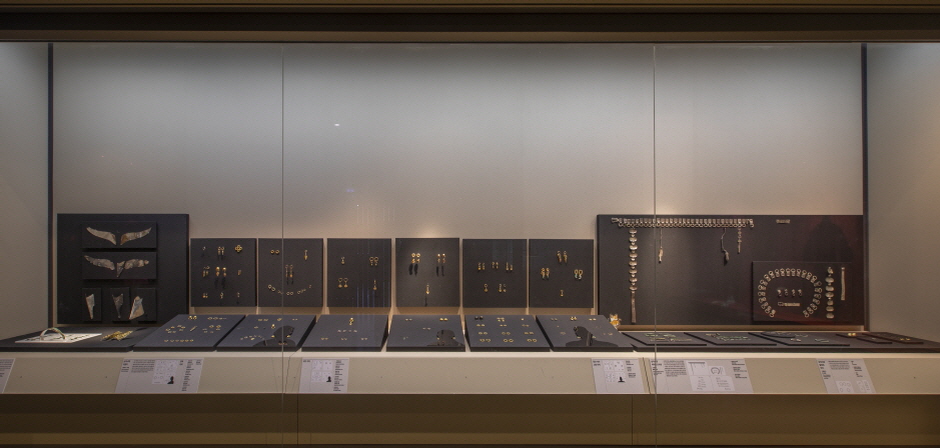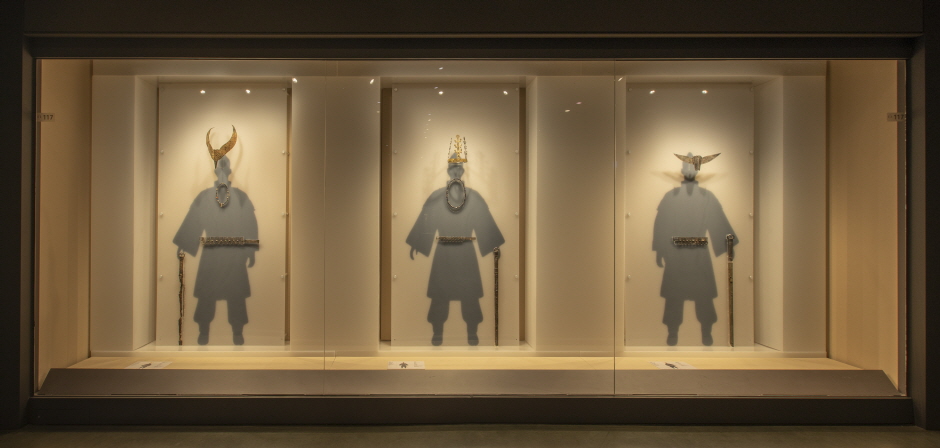Three Kingdoms Period
In the section dedicated to the prehistoric culture of Daegu and Gyeongsangbuk-do, visitors can examine relics dating back to the late Paleolithic era, such as a hand axe excavated from Maae-ri in Andong and microliths discovered in Wolseong-dong, Daegu. Displays also include artifacts from the Bronze Age, such as burnished red pottery (hongdo; 홍도), polished stone daggers, and bronze daggers.
The next section focuses on the period when ancient kingdoms were established in the area of Daegu and Gyeongsangbuk-do, known as the Proto-Three Kingdoms period. The displays feature various items recovered from wooden-coffin tombs, Including the gray wajil pottery (Wajil pottery has a light gray color as it was baked in a closed kiln), metalware, jewelry, and accessories.
The third section features regional artifacts dating to the Three Kingdoms period, including gilded crowns, gold earrings, and pommeled swords found inside tombs in Bisan-dong, Daegu; Imdang-dong, Gyeongsan; and Tap-ri, Uiseong-gun. Displays also include pottery and gold earrings from the Gaya Confederacy.
Three Kingdoms Period
Duration
This section features numerous artifacts from the kingdoms of Silla and Gaya. The Silla relics include horse equipment, weapons, farming tools, pottery, a gilt-bronze crown, gold earrings, and pommeled swords, excavated from tombs in Bisan-dong, Daegu; Imdang-dong, Gyeongsan; and Tap-ri, Uiseong. The Gaya artifacts include pottery and gold rings recovered from tombs.
By the fourth century, Goguryeo had become a leading power in Northeast Asia. Meanwhile, Baekje engaged in extensive foreign trade with Japan and feudal states in southern China, helping to bring about great changes in the southeastern areas of the Korean peninsula.
The Silla Kingdom originated when the Saro confederacy of Jinhan integrated the areas east and north of the Nakdong River. The areas south and west of the river were controlled by the Guya kingdom of Byeonhan, which used its river ports for international trade and became one of the leading states of the Gaya Confederacy. Silla maintained friendly relations with Goguryeo and used it as a channel for exchanges with states in northern China, while Gaya became part of the international trade networks established by Baekje.
In 400 CE, Silla and Gaya went to war, with Goguryeo and Japan also taking part. The war was won by the allied forces of Silla and Goguryeo, and as a result, the Gaya Confederacy was effectively replaced by Daegaya. In 562, Silla occupied Daegaya and extended its territory northward, including areas along the Han River. After many battles, Silla finally conquered both Baekje and Goguryeo, thereby unifying the three kingdoms of the Korean peninsula.
Featured Items
Saddle Bridge
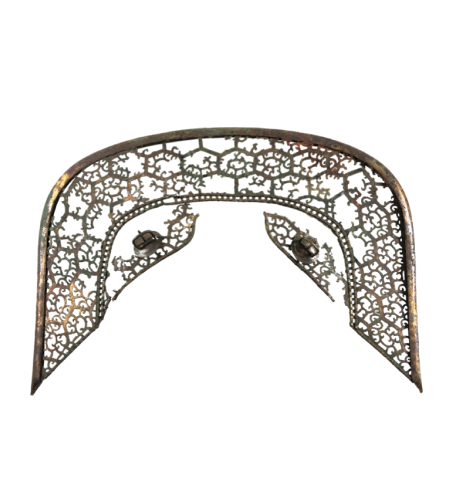
Sword with Ring Pommel
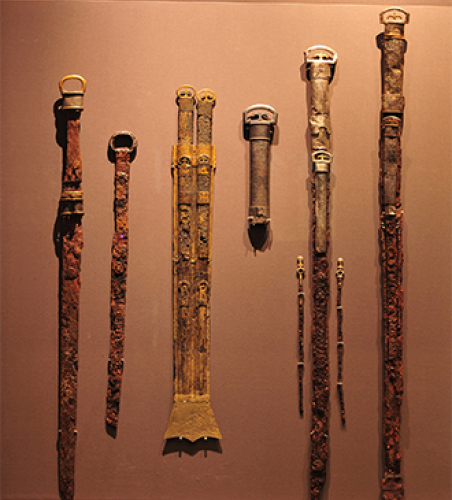
Gilt-Bronze Crown
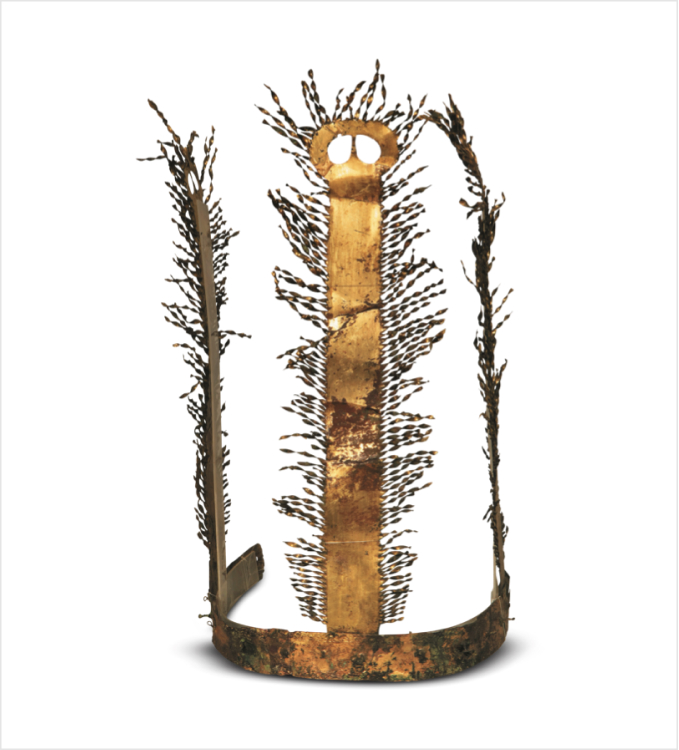
Development of Silla pottery



